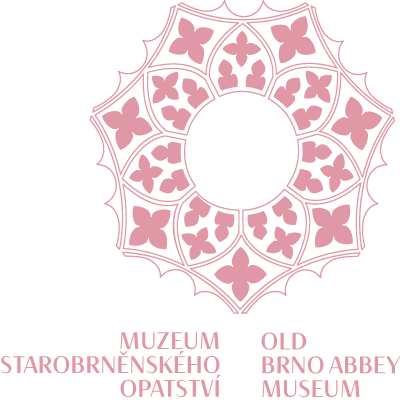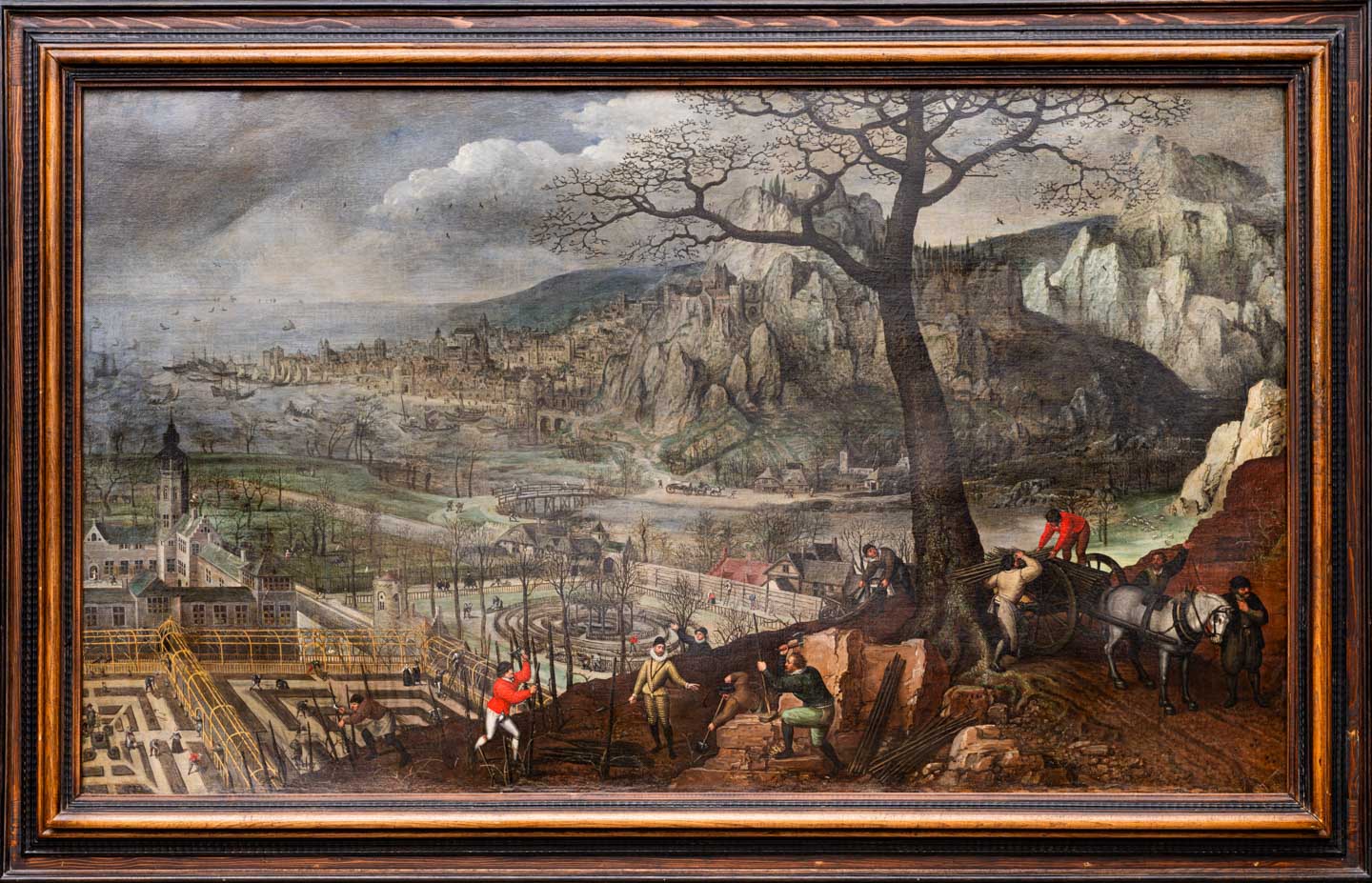Spring work (April)
Lucas van Valckenborch, 1584 | oil on canvas | 116,5 x 200 cm | Signed “LW 1584” in the painting
Allegorical subjects have enjoyed great popularity for centuries, as they allowed the communication of much more information to the informed viewer through the use of allusion, suggestion and personification than a painter could capture in a depiction of the subject. To the observer, these works of art were a source of education and entertainment. This is also the case with the two Brno canvases by Lucas van Valckenborch (1570 Antwerp – 1622 Frankfurt am Main), which he created for the court of Archduke Matthias in Linz, in whose service he worked, as well as other members of his family from the 1690s onwards. Van Valckenborch drew primarily on the works of Pietro Bruegel Sr. and reworked and modified his subjects. Seven canvases from this convolute have survived to the present day and are part of the collections of the Kunsthistorischesmuseum Wien. The inspiration for the Brno canvas Return from the Pasture (November) can be found in the painting by Pieter Brugel st. The Return of the Herd (Heimkehr der Herde; 1565, inv. no. Gemäldegalerie, 1018), especially in the similarity of the concept of the herd being driven back from a distant pasture, the small, almost Pythagorean scenes that unfold between the characters interacting with each other, but also in the compositional depiction of the landscape, dominated by the rock formations and the blue water in the background. In the case of the Brno canvas, the painter has transformed it into a seashore on which a harbour, protected by a massive castle, is situated. Van Valckenborch’s work is characterised by a flair for creating evocative composite landscapes. The painting Spring Work (April) again follows Breugl’s model. The scene, with its rich figurative stagecraft, is composed in an idealised landscape, with a castle, a chapel, a labyrinth, a symmetrical garden beyond which lies a harbour, and ships bobbing on the sea on the horizon. In the foreground, peasants are preparing to plant vines and other activities associated with this month. The composition, colour and dynamics of the scenes are similar throughout the series.

